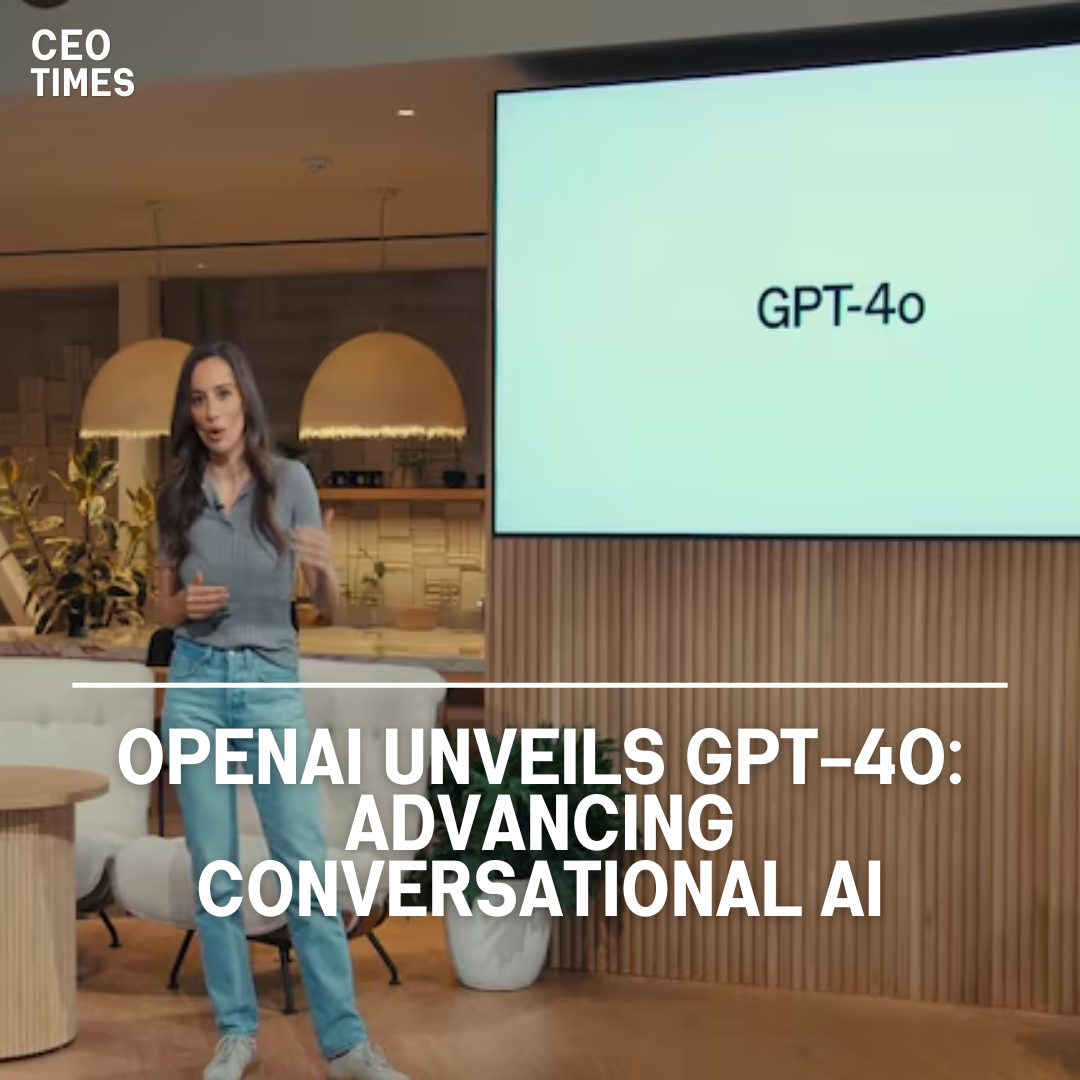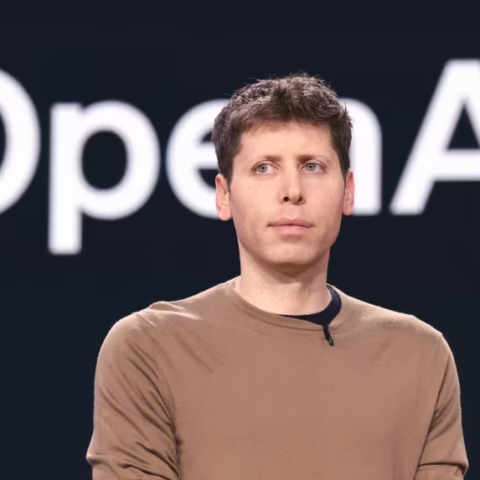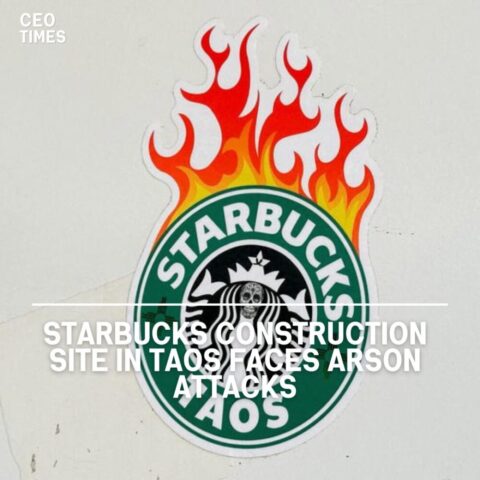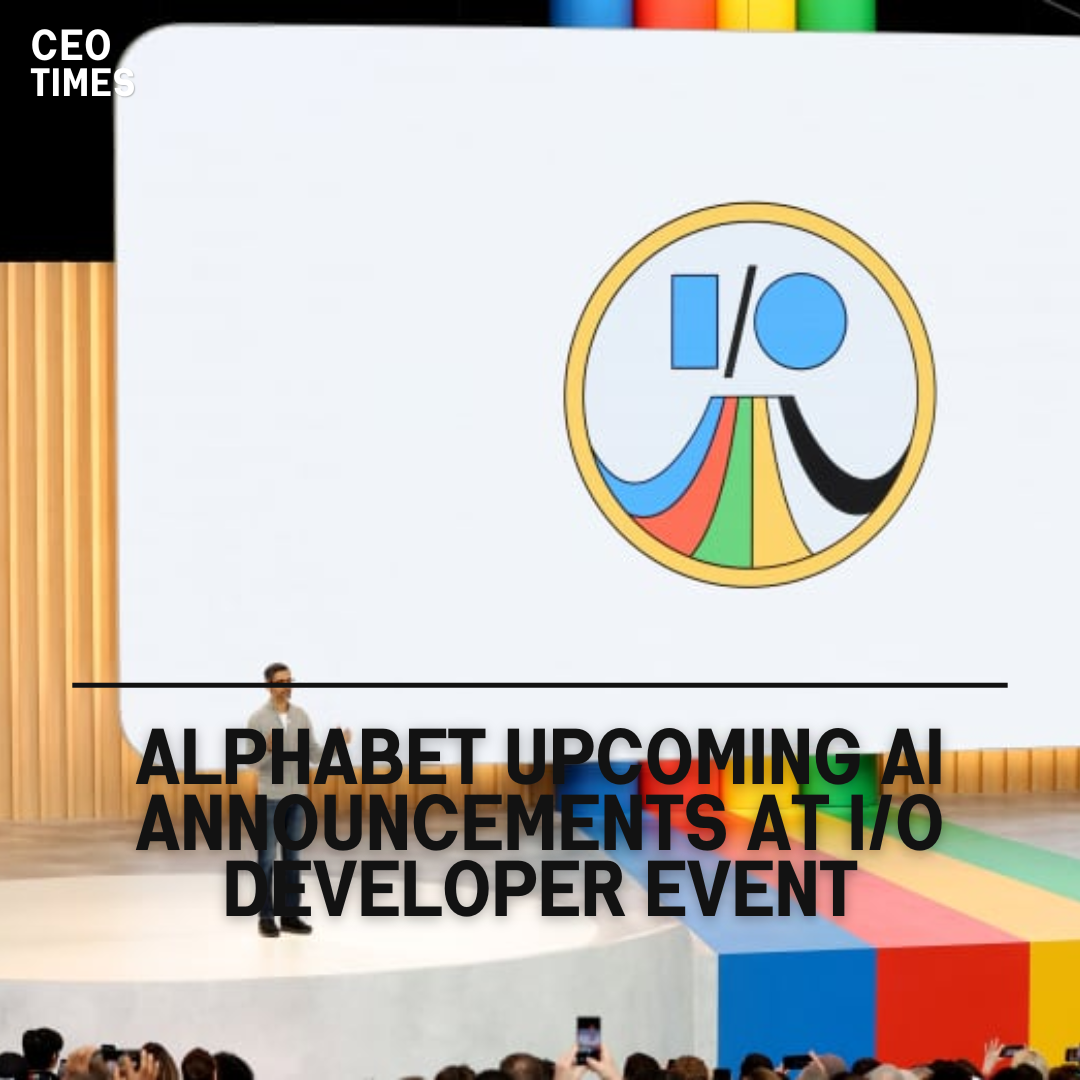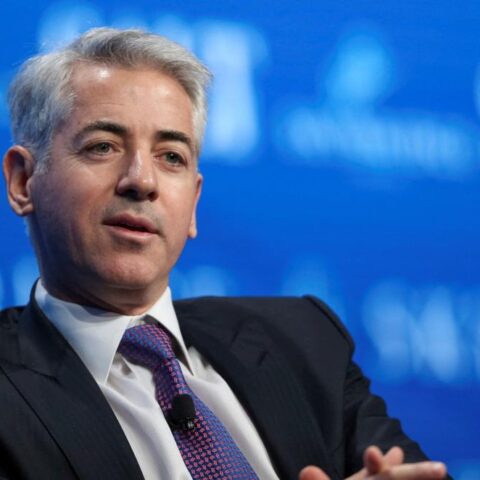OpenAI, the pioneering AI research organization, has released its latest AI model, GPT-4o. This model boasts advanced capabilities in realistic voice conversation and seamless interaction across text and image formats.
The unveiling marks OpenAI’s strategic move to maintain its leadership position in the rapidly evolving landscape of AI technology.
Realistic Voice Conversations in GPT-4o:
One of GPT-4o’s groundbreaking features is its ability to engage in realistic voice conversations. OpenAI demonstrated this capability during a live stream event, showcasing GPT-4o’s capacity to provide real-time responses with no delay and the capability to handle interruptions while speaking.
These functionalities represent significant advancements in AI voice assistants, bridging the gap between human-like interactions and AI-driven conversational experiences.
User Experience on GPT-4o:
OpenAI CEO Sam Altman expressed enthusiasm about the user experience facilitated by GPT-4o, likening it to AI depicted in movies.
Altman noted the naturalness of conversing with the AI model, a departure from traditional interactions with computers. This enhanced user experience aligns with OpenAI’s goal of creating intuitive and accessible AI technologies.
Competition and Expansion:
With the release of GPT-4o, OpenAI aims to expand the user base of its flagship product, ChatGPT, amidst growing competition in the AI landscape.
The model’s new voice assistant capabilities and real-time language translation demonstrate OpenAI’s commitment to innovation and staying ahead of the competition.
Future Developments:
In addition to GPT-4o, OpenAI announced plans to introduce its artificial intelligence-powered search product. The decision to offer GPT-4o for free reflects OpenAI’s commitment to accessibility, with paid users gaining access to enhanced features and capacity limits.
The unveiling of GPT-4o comes amid anticipation of new AI-related features from industry giants like Alphabet and Microsoft. OpenAI’s strategic announcements are poised to influence the trajectory of AI development and market dynamics.









